I’ve been to thirty-four weddings in the past decade. That’s thirty-four toasts I’ve politely endured, thirty-four slices of cake I’ve dutifully eaten (some significantly better than others), and—most relevant to my professional interests—thirty-four gifts I’ve carefully selected for people embarking on matrimonial adventures. In the process, I’ve developed some rather strong feelings about wedding gifts and the curious social ecosystem they inhabit.
Let’s be honest about registry culture, shall we? There’s something simultaneously practical and deeply strange about the entire enterprise. Couples literally create shopping lists for their loved ones, selecting items from predetermined corporate collections at specific price points. Guests then purchase these pre-approved items, often without ever seeing them in person, to be shipped directly to the recipients with minimal personal involvement beyond entering credit card details. It’s efficient, yes—but also oddly transactional for what should be one of the most personal and emotionally significant celebrations in our social calendar.
This tension came into sharp focus for me five years ago, when my oldest friend Jessica was getting married. We’d known each other since we were six, had shared every significant life experience from first periods to first heartbreaks, and yet when it came time to select her wedding gift, I found myself staring blankly at her John Lewis registry, mouse hovering uncertainly over a perfectly serviceable but thoroughly soulless set of towels in a shade diplomatically described as “stone.”
“This can’t be right,” I remember thinking. “Twenty-three years of friendship and I’m commemorating her marriage with… beige bath linens?”
The registry listed the towels as “most wanted,” and I understood the practical value of giving newlyweds household essentials. But something about the disconnection between the depth of our relationship and the impersonality of the gift felt jarring. It wasn’t that the towels themselves were problematic—it was that they failed to capture anything specific about Jessica, her partner Mark, or my relationship with them. These towels could have been given to absolutely any couple on the planet without a single modification.
That’s when I developed what I now think of as my “Something Blue” approach to wedding gifts—a philosophy that honors the traditional registry system while finding thoughtful ways to personalize and elevate the giving experience. The name comes, of course, from the old wedding rhyme about “something old, something new, something borrowed, something blue.” That traditional verse recognizes something important that modern registries often miss: the need for both the practical and the meaningful, the conventional and the personal, in marking major life transitions.
My approach isn’t about ignoring registries entirely—that would be imposing my gift-giving philosophy at the expense of the couple’s expressed wishes, which defeats the purpose of thoughtful giving. Instead, it’s about finding the sweet spot between honoring their requests and adding a layer of personality and connection that transforms a transaction into something more meaningful.
Here’s how it works: I select something practical from the registry—fulfilling the couple’s actual needs and wishes—and then pair it with a complementary “something blue.” This second item is personal, unexpected, and chosen specifically to reflect my relationship with the couple or to enhance the use or meaning of the registry item. It doesn’t literally have to be blue (though sometimes it is); rather, the “blue” represents the element of surprise, personality, and emotional connection that standard registry items often lack.
For Jessica and Mark, I bought those stone-colored towels from their registry. But I also commissioned a small watercolor painting of the beach in Cornwall where we’d spent summers as teenagers and where, coincidentally, Mark had proposed. I had it framed to hang in their bathroom—a personal touch that transformed the utilitarian towels into part of a more meaningful daily experience. Every time they reached for those practical towels, they’d see the painting and be reminded not just of their engagement but of the deeper history that led to that moment.
“The towels are perfect,” Jessica told me later. “But that painting—every morning I see it and think of you and all those summers. It’s like having a piece of our friendship in our daily routine.”
That reaction confirmed what I’d suspected: registry items meet practical needs, but it’s the personal touches that create daily moments of connection and meaning. Since then, I’ve refined this approach through dozens of weddings, discovering that the most successful “something blue” additions tend to fall into a few distinct categories:
Experience enhancers are items that elevate the use or enjoyment of the registry gift. For my colleagues Sarah and Deepak, I purchased the wine glasses from their registry but added a handwritten book of cocktail recipes collected from friends and family, including the signature drink from their first date and contributions from relatives who couldn’t attend the wedding. The glasses met their practical need; the recipe book transformed everyday drinks into opportunities to connect with their wider community.
Memory anchors connect the practical item to significant shared experiences or important relationships. When my cousin married a man she’d met while working in Japan, I bought the Japanese-style serving platters from their registry but added a set of hand-carved chopstick rests I’d found in the specific Kyoto neighborhood where they’d had their first date. The platters were useful, but the chopstick rests told a story that was uniquely theirs.
Future-focused additions anticipate how the registry item might feature in the couple’s evolving relationship. For friends who registered for high-end camping equipment, I included a handmade journal with maps of spectacular camping locations across the UK, with spaces to record their future adventures together. The gift acknowledged not just their current needs but the experiences that lay ahead of them.
The key insight behind this approach is recognizing that the best wedding gifts operate on multiple levels: they meet practical needs while also honoring the couple’s past, celebrating their present connection, and looking forward to their shared future. Registry items typically excel at the practical but often miss these emotional dimensions.
Of course, this approach requires more thought and effort than simply selecting an item online and having it shipped directly. But I’ve found the additional investment creates a much richer giving experience for everyone involved. The couple receives something they actually need along with something meaningfully personal. As the giver, I enjoy the satisfaction of genuine connection rather than mere obligation fulfillment. And the gift itself becomes part of the couple’s ongoing story rather than just another possession.
Some practical considerations if you’re interested in adopting this approach:
Budget management is important. Adding a personal element doesn’t necessarily mean spending beyond your means. Often the “something blue” can be handcrafted, curated from meaningful but inexpensive items, or based on shared experiences rather than expensive purchases. For my budget-conscious friend’s wedding, I bought the moderately priced dinner plates from her registry and added a collection of handwritten recipe cards featuring meals we’d shared over the years—significantly more meaningful than upgrading to the expensive plates alone would have been.
Presentation matters more with this approach, since you’re often combining items that don’t naturally “go together” in conventional gift packaging. I’ve become rather adept at creative gift assembly, using everything from vintage hatboxes to Japanese furoshiki cloth wrapping techniques to create visually cohesive presentations for eclectic gift combinations. The effort put into presentation signals the thoughtfulness behind the gift itself.
Timing can be tricky when combining registry and non-registry items. I typically purchase the registry item first to ensure it doesn’t get bought by someone else, then focus on creating the personal addition. For items being shipped directly to the couple, I sometimes send a note mentioning that a complementary gift will follow, maintaining the surprise while preventing confusion.
The approach works best when you have genuine personal connection with the couple. For more distant relationships—colleagues you don’t know well, for instance—it might be more appropriate to stick with registry items alone rather than presuming a level of personal connection that doesn’t actually exist. Not every wedding gift needs to be deeply meaningful; sometimes a good quality toaster is genuinely all that’s required or expected.
I’ve found this “Something Blue” philosophy particularly valuable for navigating the sometimes awkward territory of group gifts. When several friends contribute to a larger registry item, the personal element can get lost entirely in the transaction. Adding a collaborative “something blue” brings back the emotional connection. For our friend group’s contribution to a pricey kitchen mixer, we created a small recipe book where each contributor shared a recipe that required the mixer, along with a memory or wish for the couple. The registry item provided function; our collective personal addition provided meaning.
Wedding gift registries aren’t inherently problematic—they serve an important practical purpose in helping couples establish their shared homes with items they’ve thoughtfully selected. The issue arises when we treat registries as the entire gift-giving landscape rather than just one element of it. By complementing registry selections with personal touches, we create a more balanced giving experience that honors both practical needs and emotional connections.
The most striking feedback I’ve received about this approach came from my friend Oliver, whom I’d known since university. For his wedding to James, I purchased the high-end coffee machine they’d registered for (Oliver is incapable of human function before his morning coffee) and added a set of two handmade mugs commissioned from a potter in the Scottish town where we’d gone on a memorable post-graduation holiday. Inside each mug, I had the potter inscribe a private joke from that trip.
“We use the coffee machine every morning,” Oliver told me months later, “but those mugs have become part of our daily ritual. James knows they’re significant but doesn’t know the full story, so I get to share different pieces of that holiday with him over time. It’s like you gave us not just coffee equipment but a way to keep sharing our histories.”
That’s exactly what the best wedding gifts do: they honor the practical foundation of building a life together while creating space for the stories, memories, and connections that give that life its meaning. The registry items represent the “something new” of the traditional rhyme—the fresh start, the practical foundations. The personalized additions serve as the “something blue”—the touch of the unexpected, the emotional, the uniquely meaningful.
In a wedding culture increasingly dominated by standardization and efficiency, this balanced approach reconnects gift-giving with its deeper purpose: not just checking an obligation box, but participating in the creation of a shared life with all its practical requirements and emotional resonances. It acknowledges that while couples may need new towels and toasters, what they’re really building is a web of stories, rituals, and connections that will sustain them through the complexities of married life.
So the next time you find yourself staring at a wedding registry, feeling that disconnect between the depth of your relationship and the impersonality of a stand mixer or serving platter, consider the “Something Blue” approach. Honor their practical needs through the registry, yes—but also look for that complementary personal element that transforms a mere transaction into a meaningful contribution to their shared story. Because while no one reminisces fondly about who gave them their salad spinner, they’ll remember for decades the person who paired it with something that made them laugh, cry, or feel genuinely seen on the threshold of their married life.
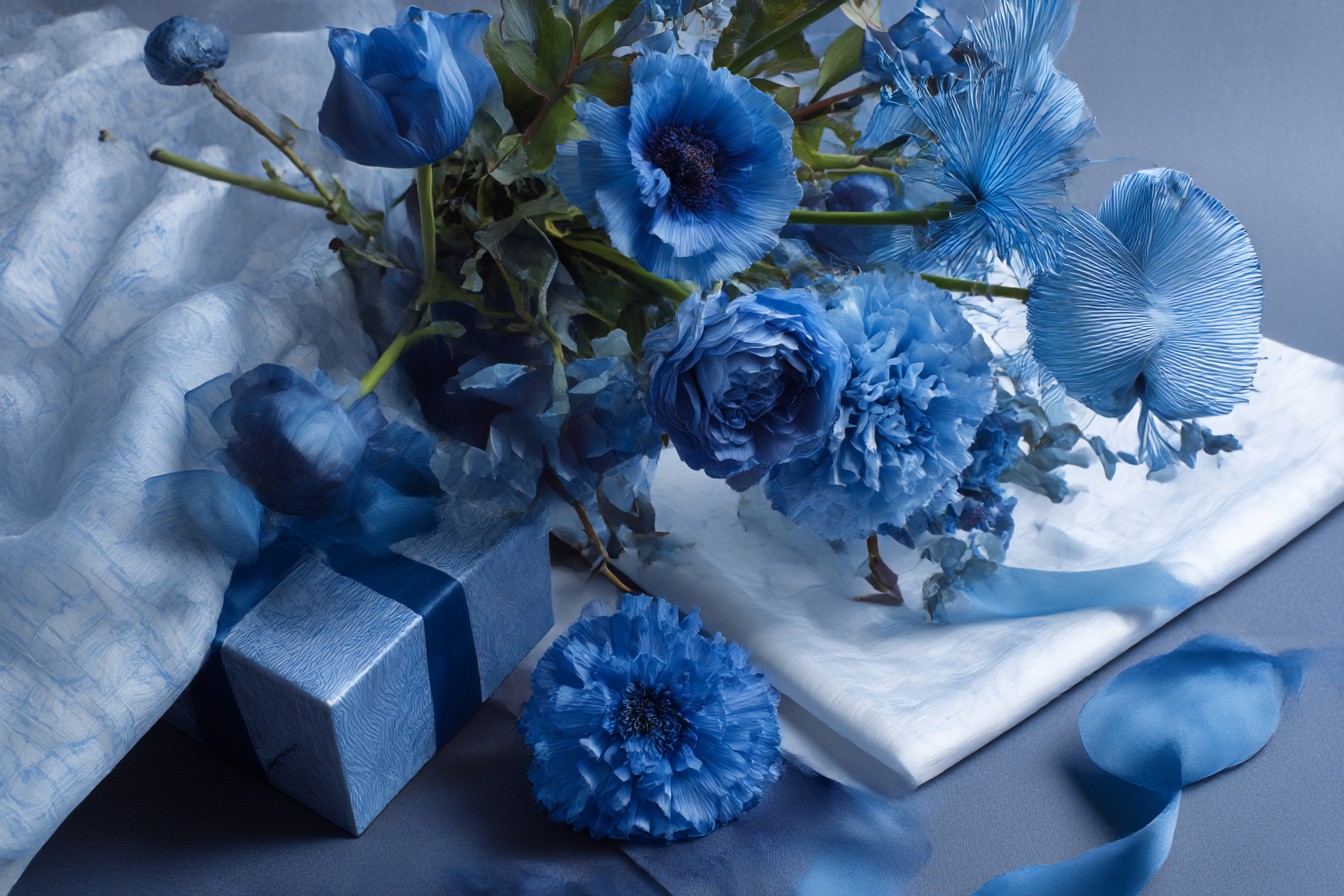
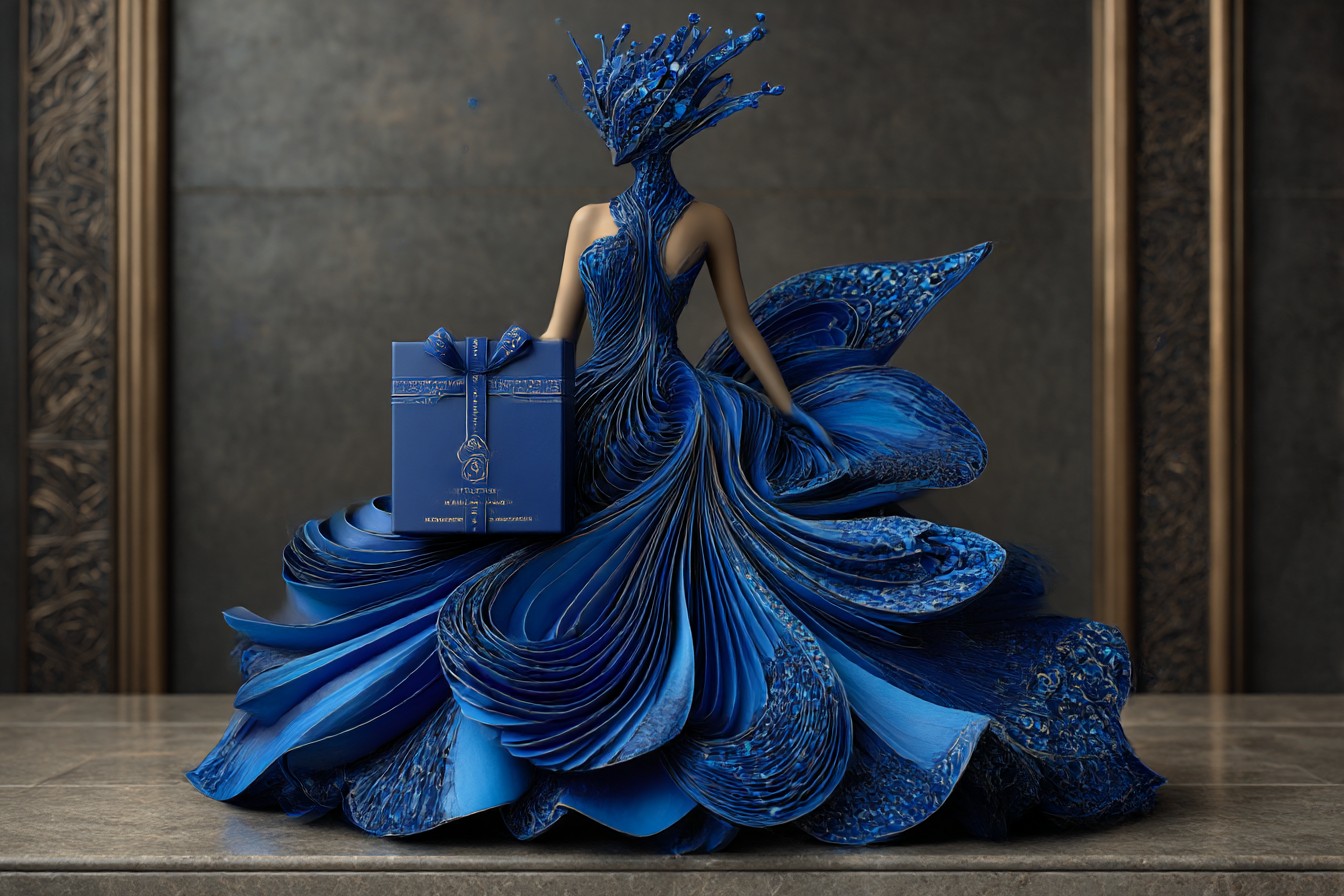
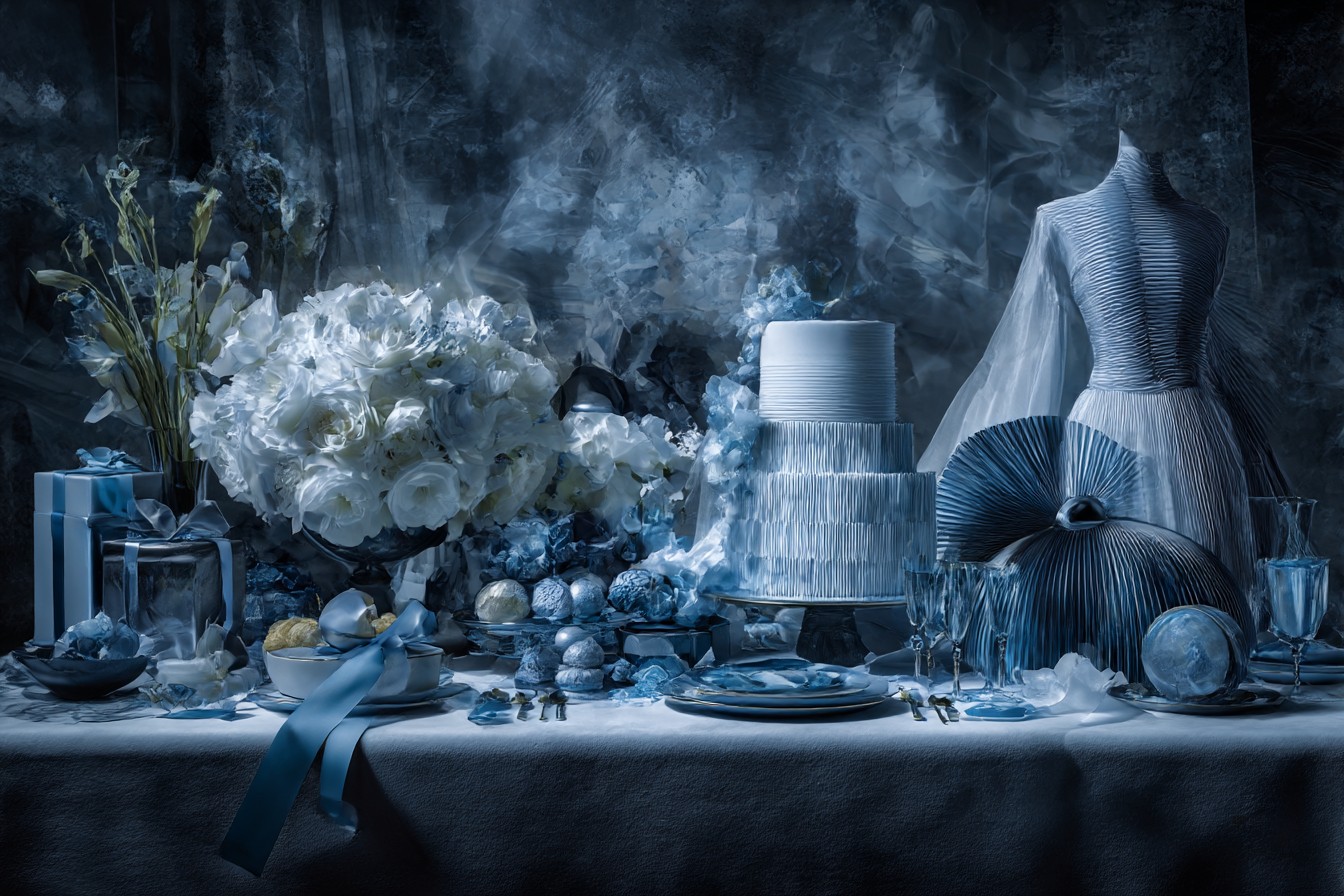
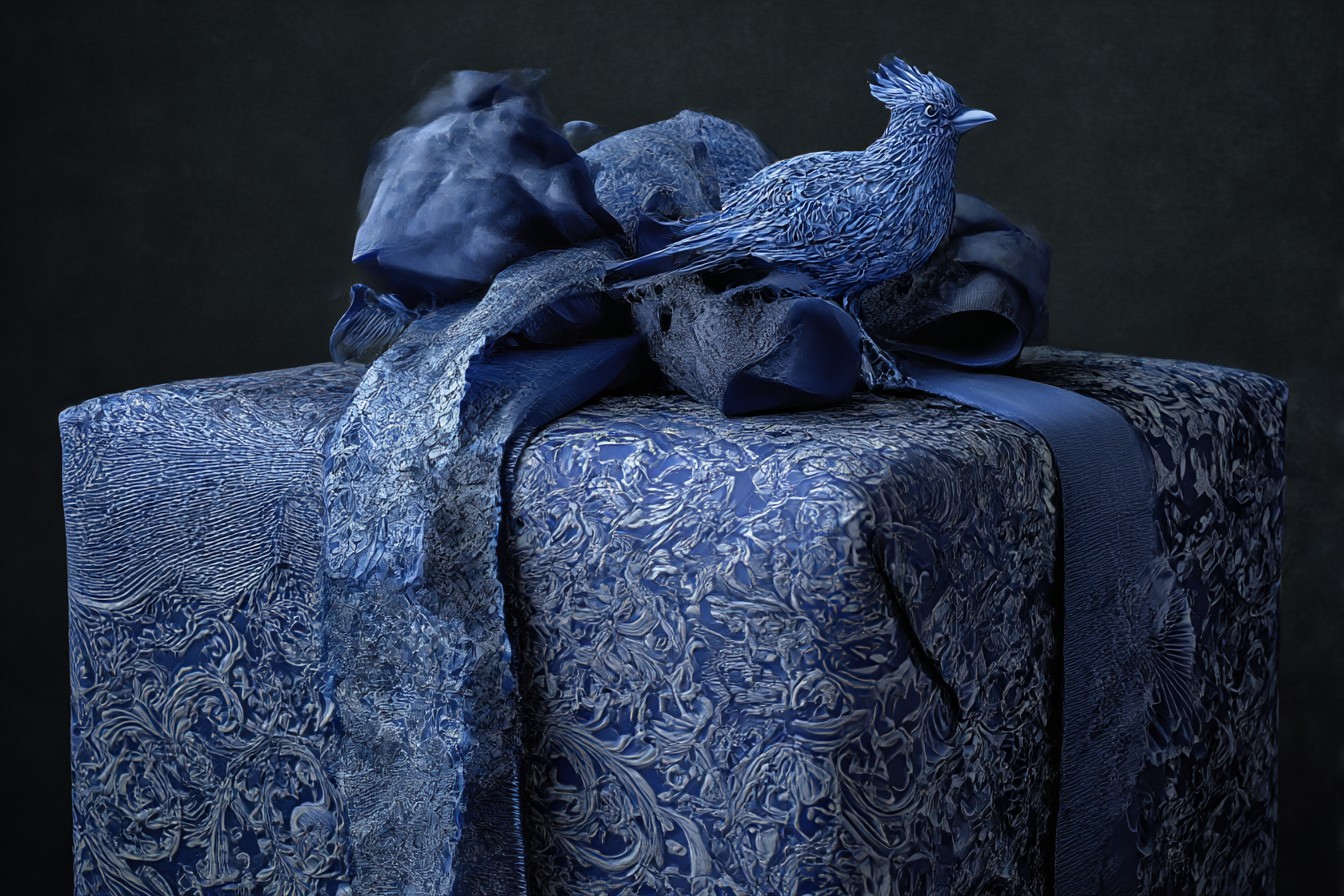
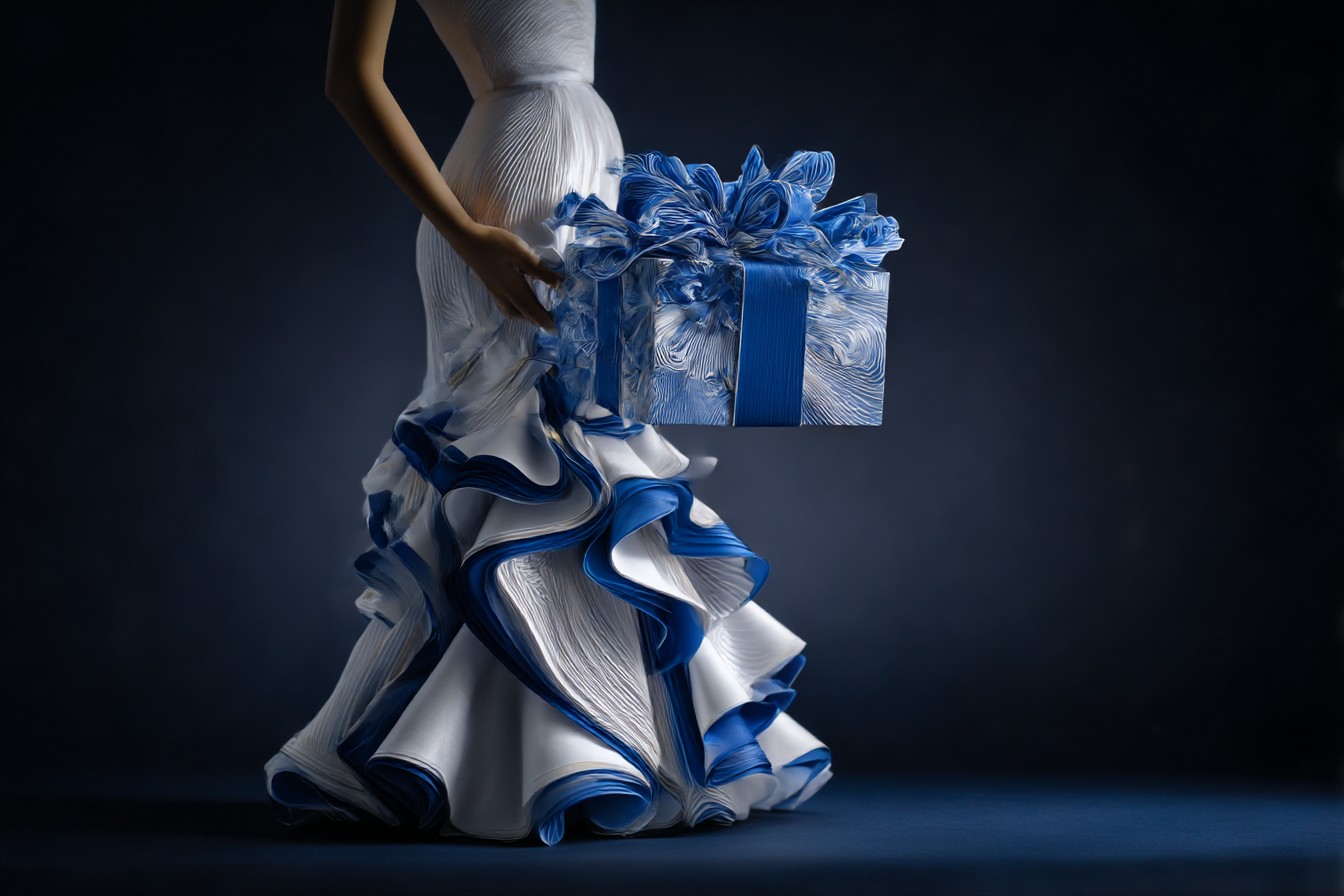
Leave a Reply